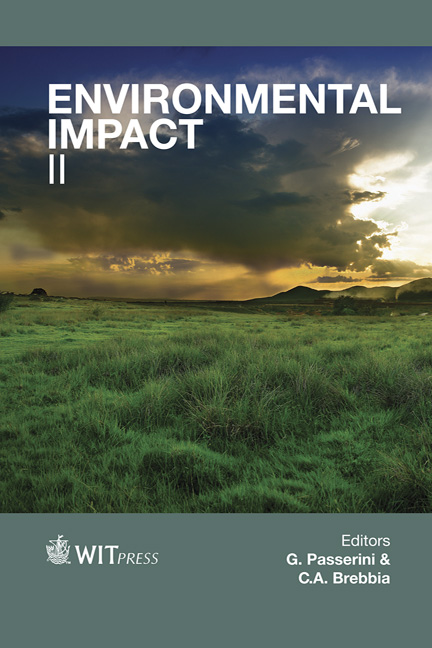Environmental Impact Of The Energía Costa Azul LNG Terminal At Ensenada, B.C., México
Price
Free (open access)
Transaction
Volume
181
Pages
10
Page Range
15 - 24
Published
2014
Size
555 kb
Paper DOI
10.2495/EID140021
Copyright
WIT Press
Author(s)
M. Quintero-Núñez, C. del C. Sanchez-Sanchez, R. García-Cueto, N. Santillán-Soto, S. Ojeda-Benítez & N. Velázquez-Limón
Abstract
In Mexico there are three liquid natural gas (LNG) terminals supplied from places such as Palmira, Tamaulipas, Manzanillo, Colima and Costa Azul, being the latest located 23 kilometers north of Ensenada, Baja California (B.C.). The installation of the most recent plant at Costa Azul, which is an area abundant in terrestrial and marine resources, takes advantage of the only cultural prehistoric remain between Ensenada and Tijuana. The profile that was associated to the Coastal Tourist Corridor between Tijuana and Ensenada was changed to a tourist-industrial one to describe the new land’s use. Shell International Gas Limited in association with Sempra Energy LNG Corp. constructed a receiving terminal in the zone with a capacity of 1,049,866 mmcf/daily. The Shell/Sempra LNG terminal is located to a distance of just 3 kilometers from Bajamar, which is a tourist complex, exposing the habitants to accidents from the terminal. The objective of this work is to analyze the environmental, cultural and labor impact that the construction of this plant provokes due to its proximity to tourist populated areas where they can be reached by a fire or explosion generated by an accident originated within and the safety measures that this LNG plant is obliged to abide. Keywords: liquid natural gas terminal, risk, Energia Costa Azul, Ensenada, México, environmental impact.
Keywords
liquid natural gas terminal, risk, Energia Costa Azul, Ensenada, México, environmental impact.





